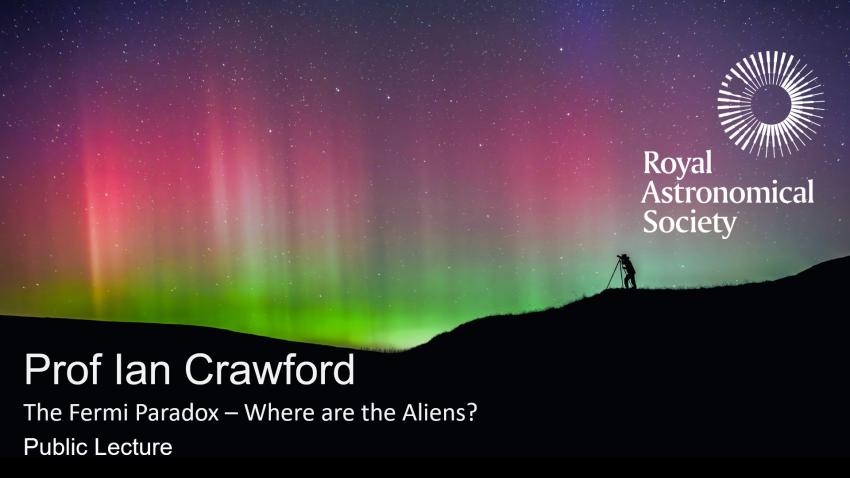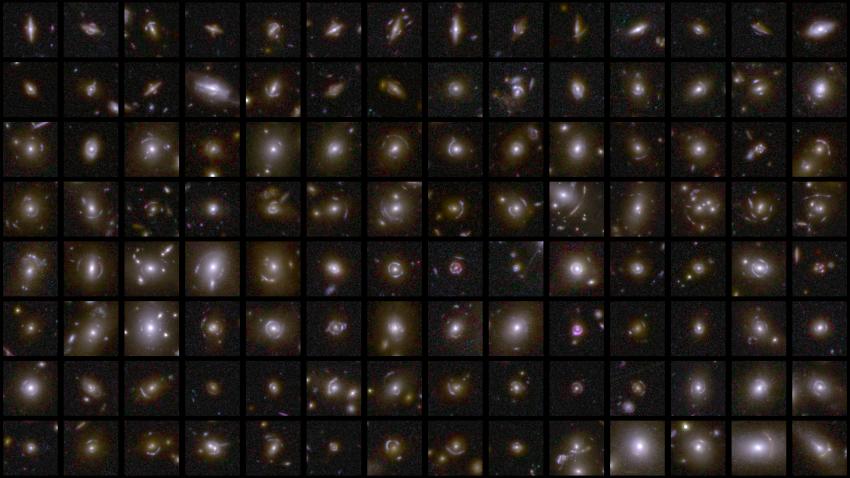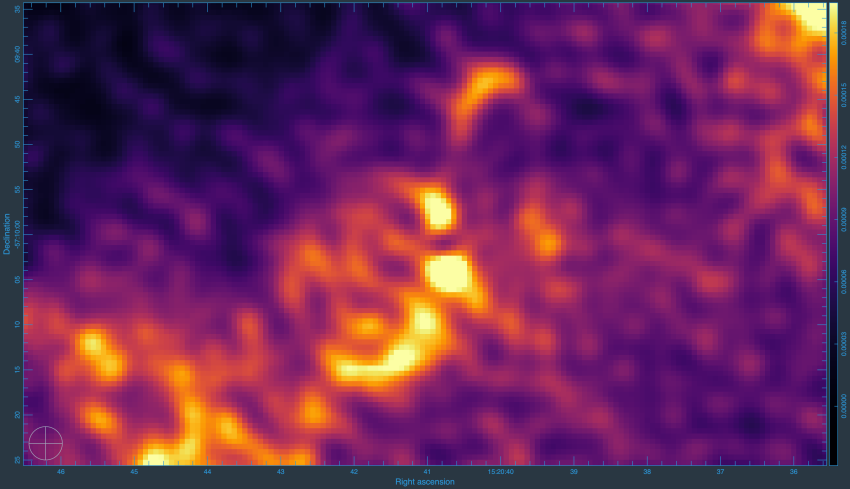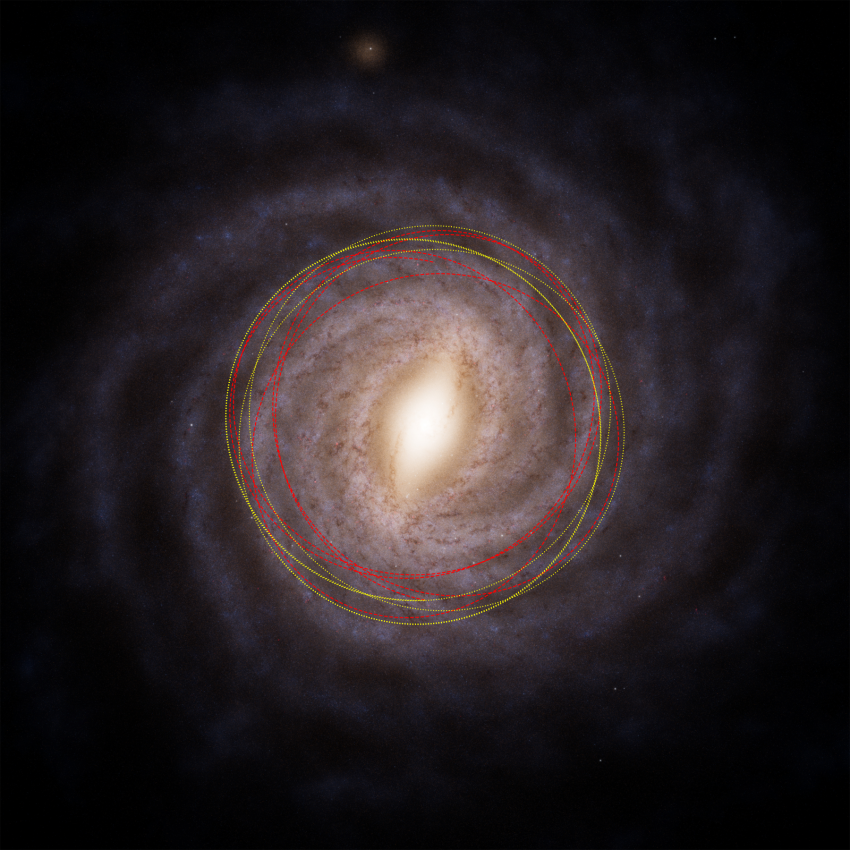Search
… and Operations Teams Group Achievement Award (A) The Galaxy Zoo Team Service Award (G) Professor Kathy Whaler , …
News & Press
… are probably very rare, if not non-existent, in the Galaxy. About our speaker: Ian Crawford is a Professor of … Lecture Theatre at Burlington House, Piccadilly, online via Zoom, and streamed live on YouTube. Zoom links will be emailed 2 hours before the talk begins. …
Calendar (Events & Meetings)
… are probably very rare, if not non-existent, in the Galaxy. About our speaker: Ian Crawford is a Professor of … Lecture Theatre at Burlington House, Piccadilly, online via Zoom, and streamed live on YouTube. Zoom links will be emailed 2 hours before the talk begins. …
Calendar (Events & Meetings)
… the RAS Winton Capital Award . He is also part of the Galaxy Zoo consortium which received the RAS Group Achievement …
Outreach Articles
… into rings of light by the mass of another foreground galaxy. We have combined the strengths of machine learning … like the Dark Energy Survey in Chile, or detailed zoomed-in images from telescopes like Hubble, but only on … in 70 times compared to the large mosaic. Various huge galaxy clusters are visible in this image, as well as …
This image shows examples of gravitational lenses that Euclid captured in its first observations of the Deep Field areas.
ESA/Euclid/Euclid Consortium/NASA, image processing by M. Walmsley, M. Huertas-Company, J.-C. Cuillandre
Licence type
News & Press
… light-years. Credit: Fraser Cowie Fig 2: Cowie2 - rotated_zoomed_out_snr Caption: Radio image from the MeerKAT … in the Universe ranging from stars through to galaxies and galaxy clusters, right up to the largest structures in the …
Radio image of the S-shaped precessing jet launched by the neutron star in Circinus X-1. Both Cir X-1 itself (centre of the image) and a background source have been subtracted from the image to make the S-shape clearer. The jets are fast, narrow flows of material outwards from Cir X-1. The size of the jets against the sky is the same apparent size as a penny viewed from 100 metres away, but their real size is greater than five light-years.
Fraser Cowie
Licence type
News & Press
… ability to model AGN-driven feedback in cosmological and zoom-in simulations in the broader context of galaxy evolution. Observations and simulations are closely … = Sandra Zamora ( Impact of black-holes and outflows on galaxy formation at high-z ) 11:45 – 11:55 = Vivienne Wild ( …
Left panel: HST/ ALMA/ VLA/ M. Meenakshi/ D. Mukherjee/ A. Audibert (Audibert et al. 2023) Middle panel: ESO/M. Kornmesser (Maiolino et al. 2017) Right panel: From Talbot, Bourne & Sijacki (2021)
Licence type
Calendar (Events & Meetings)
… hottest known central stars in a planetary nebula in our galaxy, with a temperature of 220,000 Kelvin. This blazing … 6302 is one of the best-studied planetary nebulae in our galaxy and was previously imaged by the Hubble Space … the most beautiful and most elusive creatures in the cosmic zoo. These nebulae form when stars with masses between about …
This image, which combines infrared data from the James Webb Space Telescope with submillimetre observations from the Atacama Large Millimetre/submillimetre Array (ALMA), shows the doughnut-shaped torus and interconnected bubbles of dusty gas that surround the Butterfly Nebula’s central star. The torus is oriented vertically and nearly edge-on from our perspective, and it intersects with bubbles of gas enclosing the star. The bubbles appear bright red in this image, illuminated by the light from helium and neon gas. Outside the bubbles, jets traced by emission from ionised iron shoot off in opposite directions.
ESA/Webb, NASA & CSA, M. Matsuura, ALMA (ESO/NAOJ/NRAO), N. Hirano, M. Zamani (ESA/Webb)
Licence type
News & Press
… us from a completely different region of our Milky Way galaxy. It could be more than seven billion years old, … appears to be travelling on a steep path through the galaxy, with a trajectory that suggests it originated from … CC-BY-SA 4.0 3I/ATLAS - Figure 3 Caption: A zoomed-in version of Figure 1, the unlabelled orbits. …
Top view of the Milky Way galaxy showing the estimated orbits of both our Sun and the 3I/ATLAS comet. 3I/ATLAS is shown in red dashed lines, and the Sun is shown in yellow dotted lines. The large extent of 3I’s orbit into the outer thick disk is clear, while the Sun stays nearer the core of the galaxy.
M. Hopkins/Ōtautahi-Oxford team. Base map: ESA/Gaia/DPAC, Stefan Payne-Wardenaar, CC-BY-SA 4.0
Licence type
News & Press
… more often harnessed in citizen science projects such as Galaxy Zoo. Janet’s understanding that making people welcome and … active, whatever the project, has become part of the Zooniverse. Citizen scientists not only participate in the …
A&G








